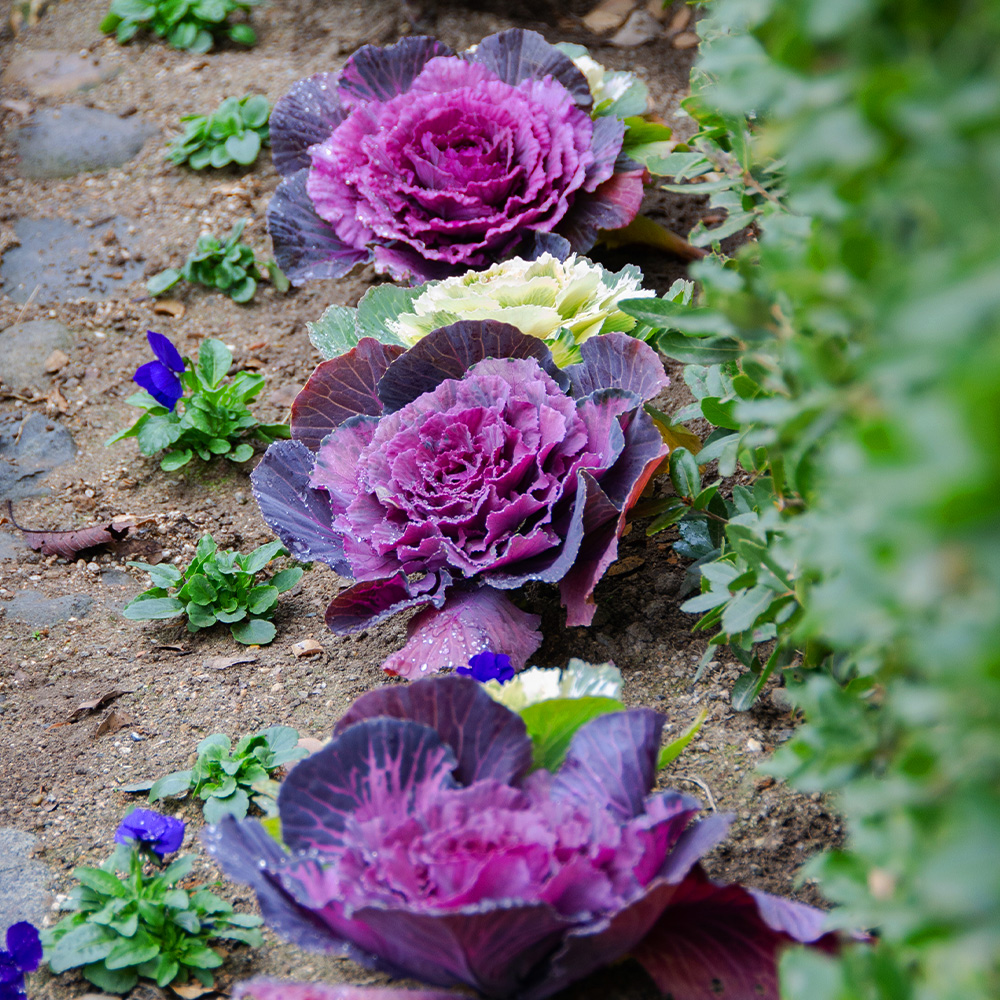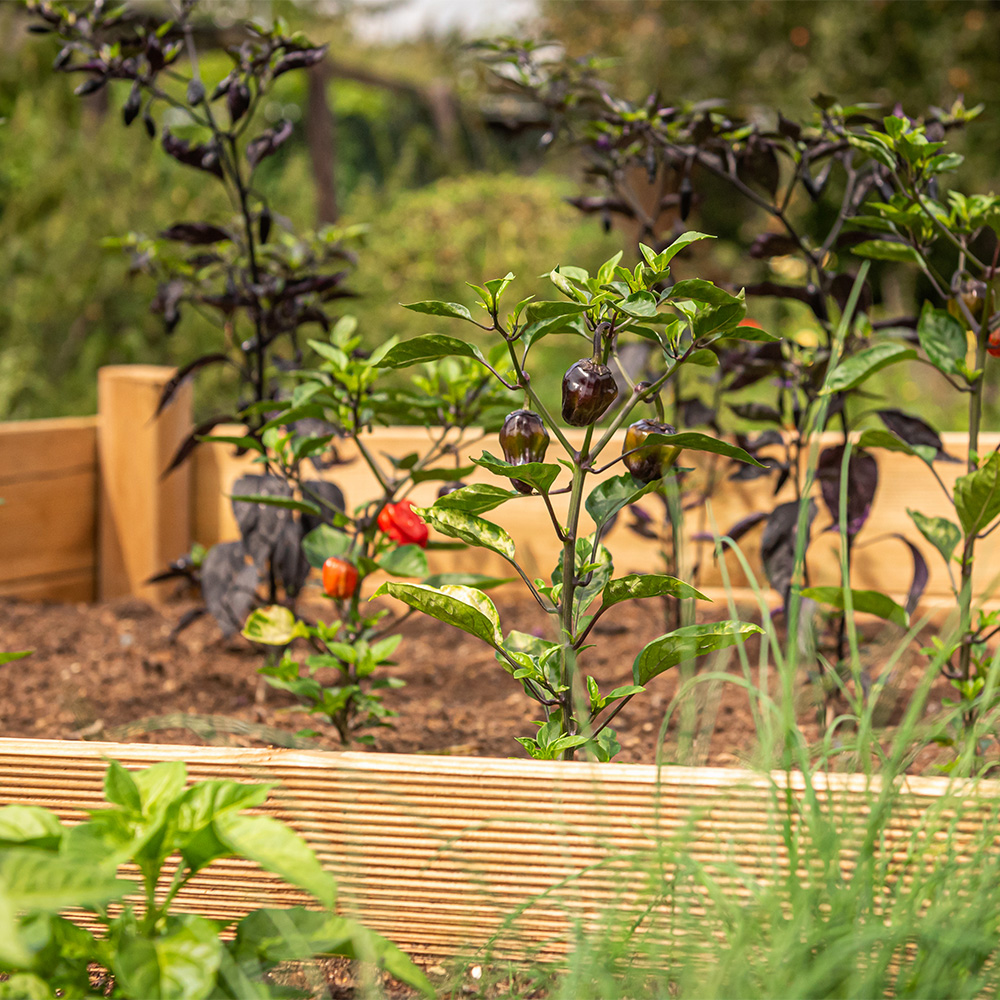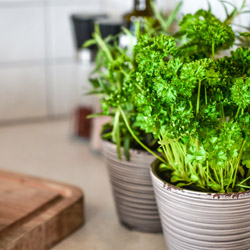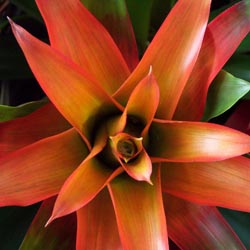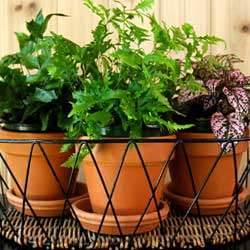Looking to add extra appeal to the fall and winter landscape? This year, try ornamental cabbage and kale! Planted alongside chrysanthemums and winter pansies, ornamental cabbage and kale add distinctive bold texture and vibrant seasonal color to the late-season landscape. Foliage not Flower Frequently called ‘flowering’ cabbage & kale, these fall favorites are not flowers…
It’s a bittersweet time of year. Frost has put to rest another growing season. It is a time for endings as we clean up the garden and jot down this year’s successes and failures. It is also a time for new beginnings, such as planning and anticipating next year’s garden. For those who love gardening,…
The end of the summer doesn’t mean the end of deliciousness from your garden, not when a fall herb garden can add tantalizing tastes to all your meals. As the season changes, give your herbs a little tender loving care to ensure that they thrive through fall and into winter. Caring for Perennial Herbs Perennial…
Continue planting trees, shrubs, perennials, annuals, vegetables and herbs. Consider adding some exotic color to your deck or patio with tropical blooming plants. We have a great selection of color this summer. It’s time for your houseplant’s summer vacation! Take outside to a shady place. Repot if necessary, fertilize and check for pests and diseases….
* Plan your summer vegetable and herb garden. We offer a wide selection of seeds that include all of your favorite annuals, perennials, vegetables and other novelties as well as many hard-to-find selections. Inventory your pots and flats and discard unusable ones. Make a list of the supplies you will need. Have your garden soil…
A perfect time to plan! Curl up with your gardening books and the gardening magazines and catalogs you’ve received in the mail. Get out the gardening journal and start dreaming… General Landscape Clean up when you get a break in the weather. Remove fallen branches and downed evergreen clumps. Rake leaves to prevent stains on…


